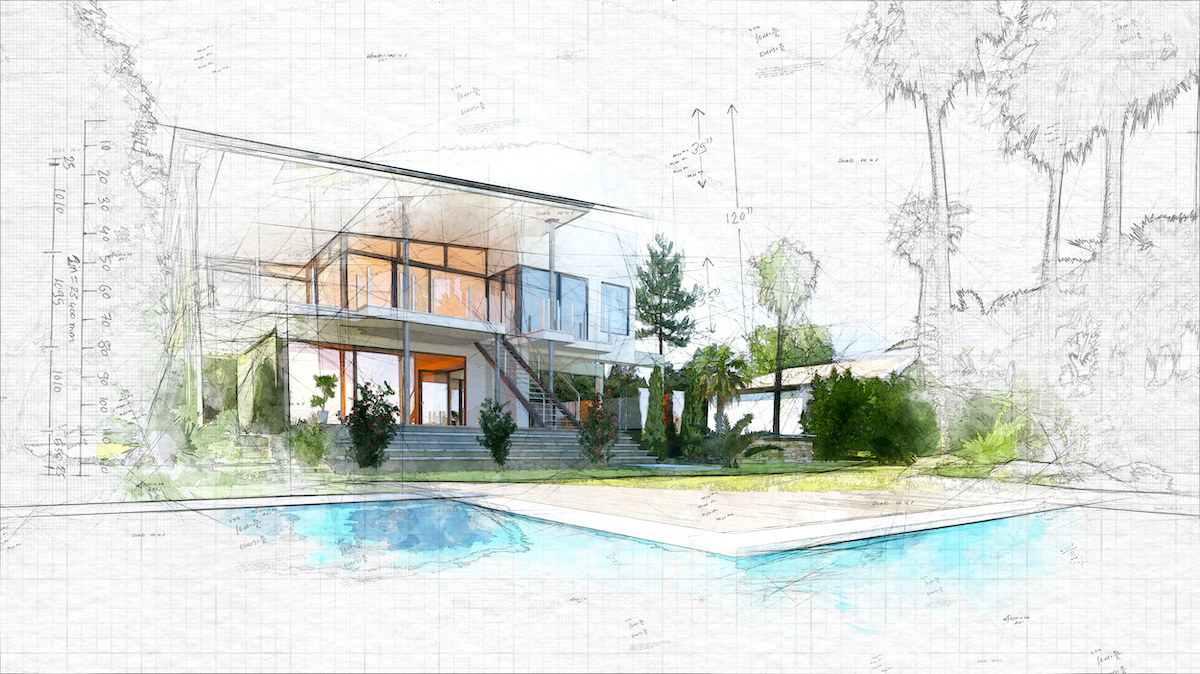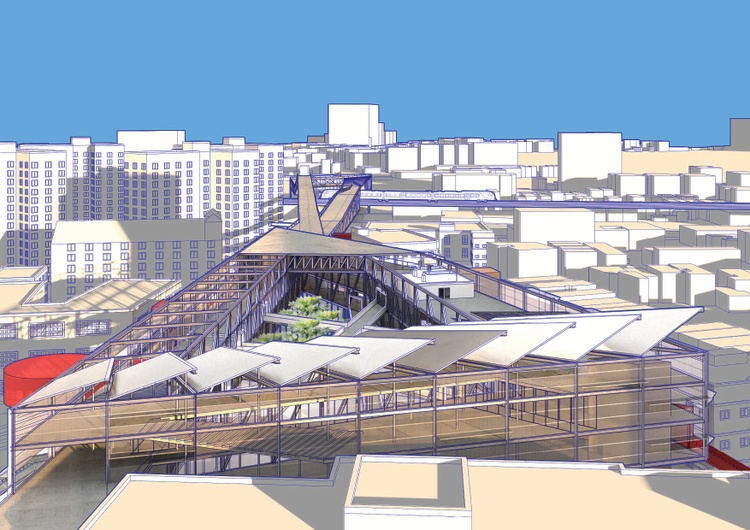The Important Function of an Architect in Forming Lasting Urban Atmospheres for Future Generations
The role of an engineer in crafting sustainable metropolitan environments is significantly essential in reacting to the challenges of climate modification and urbanization. By seamlessly integrating eco-friendly principles into their designs, architects not just improve the aesthetic and useful top quality of urban spaces but likewise address pushing problems such as energy efficiency and social equity. Their proficiency in cutting-edge materials and community involvement shapes advancements that resonate with local values and desires. As we explore the complexities of this field additionally, it becomes apparent that the future of city living might pivot on the actual methods designers employ today.
Comprehending Lasting Urban Design
Sustainable metropolitan design integrates ecological concepts with city planning to create environments that are not only livable but additionally resilient. This approach highlights the relevance of integrating all-natural systems right into the metropolitan material, ensuring that development meets the requirements of the here and now without compromising the capacity of future generations to fulfill their own demands. Secret elements of sustainable city style consist of effective land use, the promotion of biodiversity, and the integration of green spaces, every one of which add to boosted quality of life for residents.
In addition, sustainable metropolitan design focuses on the reduction of the city warmth island result, boosted air quality, and reliable stormwater management. It motivates using sustainable resources and energy-efficient building methods, which significantly lower carbon impacts. Sustainable metropolitan design fosters social equity by creating easily accessible public rooms and advertising mixed-use developments that cater to diverse populations.
Via thoughtful planning and ingenious style techniques, sustainable city environments can enhance community durability against climate modification while fostering economic development. This all natural strategy not only addresses immediate urban difficulties yet likewise prepares for much healthier, much more lasting cities for generations ahead.
Key Obligations of Designers
Architects play a crucial duty fit lasting metropolitan atmospheres by equating layout concepts right into tangible structures and rooms. Their obligations incorporate a large range of activities that add to the general success of urban style tasks.
Primarily, engineers conduct complete website analyses to recognize the environmental, social, and cultural context of their jobs. This foundational understanding educates their style choices, making certain that buildings harmonize with their surroundings. They additionally engage in collective processes with stakeholders, including city organizers, engineers, and the area, fostering an inclusive method to city development.
Additionally, architects are entrusted with creating styles that enhance energy efficiency, source conservation, and performance. They must stick to regional zoning regulations, building codes, and sustainability accreditations, making certain compliance while pushing the limits of advancement.
In addition, architects are in charge of taking care of the design process, coordinating with different specialists throughout the building and construction stage to make certain that the vision is recognized properly (cda architects). Eventually, their role is not entirely about aesthetics; it has to do with producing durable, flexible areas that enhance the high quality of life for present and future generations, laying the foundation for lasting metropolitan living
Ingenious Products and Techniques

Additionally, improvements in innovation have actually caused the advancement of high-performance materials, such as shielded concrete types (ICFs) and photovoltaic or pv glass, which add to power conservation and harness renewable resource. Methods such as passive solar design and green roofs better exemplify how design can balance with all-natural systems, lowering reliance on synthetic heating and air conditioning.
Moreover, the assimilation of clever products, which adapt to environmental changes, provides promising methods for enhancing building performance. These materials can reply to temperature fluctuations or moisture levels, enhancing comfort and sustainability.
Inevitably, the calculated selection and application of innovative materials and strategies encourage engineers to develop city spaces that are not just practical and visually pleasing however additionally resilient and ecologically liable, making sure a sustainable future for generations to come. cda architects.
Community Involvement and Collaboration
The success of cutting-edge products and strategies in lasting metropolitan architecture is considerably improved by energetic area involvement and cooperation. Architects need to recognize that the constructed atmosphere profoundly impacts the lives of regional homeowners, making it necessary to entail them in the layout procedure. Involving the neighborhood cultivates a sense of possession and liability, guaranteeing that developments not just fulfill aesthetic and practical demands but likewise show the worths and desires of those who populate them.

Successful neighborhood involvement likewise aids in prioritizing social equity within metropolitan advancement. By considering the voices of marginalized populations, designers can develop areas that are inclusive and fair. In this method, community involvement and partnership end up being important to achieving absolutely lasting metropolitan environments that serve the needs of current and future generations.
Future Patterns in Lasting Style
An arising concentrate on adaptive reuse and circular economic climate principles is established to redefine the landscape of lasting architecture. As cities come to grips with increasing populace densities and ecological difficulties, architects are significantly transforming important link to approaches that enhance existing structures instead of pursuing brand-new builds. This technique not only maintains social heritage yet also significantly minimizes source consumption and waste.
In addition, developments in modern technology are shaping future fads in sustainable architecture. click over here now The assimilation of smart materials and structure systems permits real-time energy administration, improving effectiveness and decreasing carbon footprints. Developments such as green roofings, living wall surfaces, and energy-generating exteriors are becoming typical practices, even more promoting eco-friendly equilibrium within metropolitan atmospheres.
Moreover, a change in the direction of biophilic style is gaining grip, emphasizing the connection between nature and human health. By integrating all-natural components, architects develop rooms that cultivate psychological health while promoting biodiversity.
Verdict
Finally, architects are pivotal ahead of time sustainable city atmospheres via their competence in design, cutting-edge products, and area involvement. By focusing on energy efficiency and source preservation, these specialists add to the creation of durable city spaces that fulfill the needs of present and future generations. The combination of ecological principles not only enhances livability yet additionally promotes social equity, ensuring advancements reverberate with the values and desires of the communities click they serve.